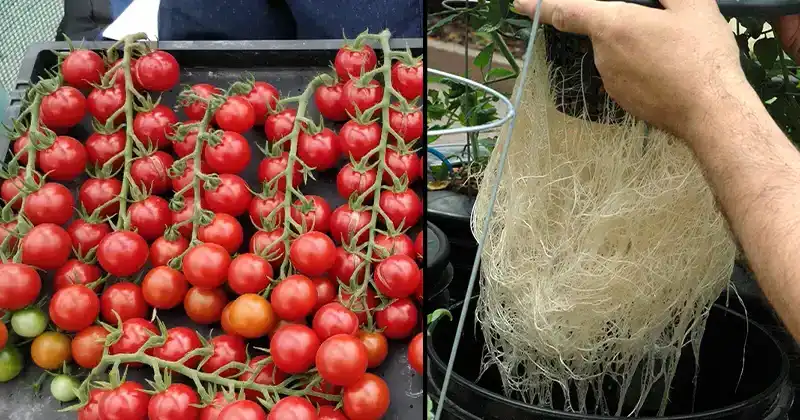Introduction: Tomatoes are a popular and versatile addition to any garden, but what if you could grow them without soil? Enter hydroponics, a revolutionary method that allows you to cultivate plants in nutrient-rich water solutions. In this guide, we’ll explore the step-by-step process of growing robust, flavorful tomatoes without a speck of traditional soil.
Understanding Hydroponics: Hydroponics is a soil-less cultivation technique that relies on water enriched with essential nutrients. This method offers precise control over the growing environment, allowing plants to thrive without the limitations of traditional soil-based gardening. For tomatoes, hydroponics can yield larger yields and faster growth rates compared to conventional methods.
Getting Started:
- Selecting the Right System: There are various hydroponic systems available, such as deep water culture, nutrient film technique, or drip systems. Choose one that suits your space, budget, and tomato-growing goals.
- Choosing Tomato Varieties: Opt for varieties specifically suited for hydroponic growth. Cherry tomatoes, beefsteak, or heirloom varieties are excellent choices.
- Setting Up Your Hydroponic Environment: Prepare the growing area by assembling the system, ensuring adequate lighting (natural or artificial), and maintaining proper temperature and humidity levels.
Nutrient Solution: The key to successful hydroponic tomato growth lies in the nutrient solution. These essential nutrients include nitrogen, phosphorus, potassium, calcium, magnesium, and trace elements. Properly balanced solutions help tomatoes flourish, providing the necessary elements for robust growth and fruit development.
Planting and Maintenance:
- Transplanting Seedlings: Once your hydroponic system is set up, transplant seedlings or start from seeds in a growing medium like rock wool or perlite.
- Monitoring pH and Nutrient Levels: Regularly check and adjust the pH and nutrient levels in the water to ensure optimum conditions for plant growth.
- Pruning and Training: Properly prune and train tomato plants to encourage airflow, support, and better fruit production.
Harvesting Your Hydroponic Tomatoes: As your tomato plants mature, they will start bearing fruit. Harvest ripe tomatoes regularly, allowing the plant to channel energy into producing more fruits. Hydroponic tomatoes often boast rich flavors and vibrant colors, making them a delight to savor.
Conclusion: Growing tomatoes without soil through hydroponics is an exciting and rewarding endeavor. By embracing this innovative technique, gardeners can witness the joy of nurturing thriving tomato plants, producing bountiful harvests, and enjoying the delicious fruits of their labor.
